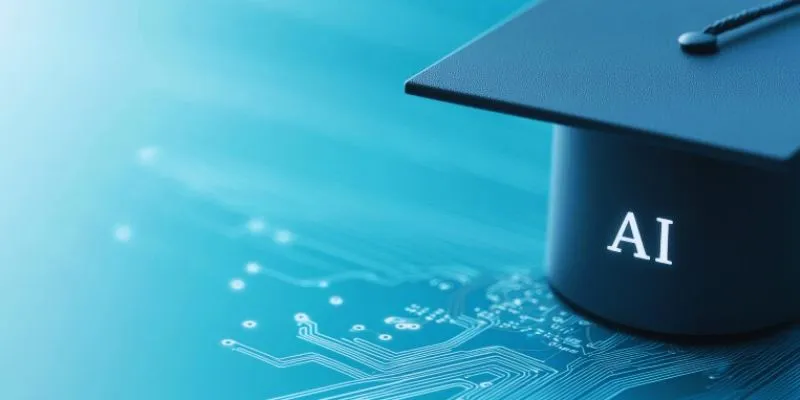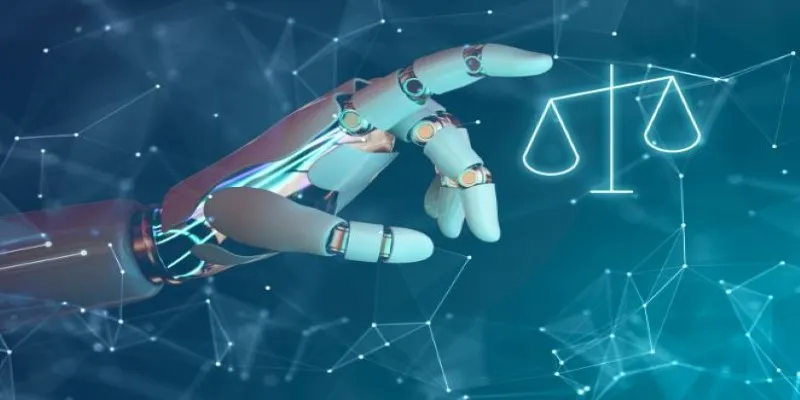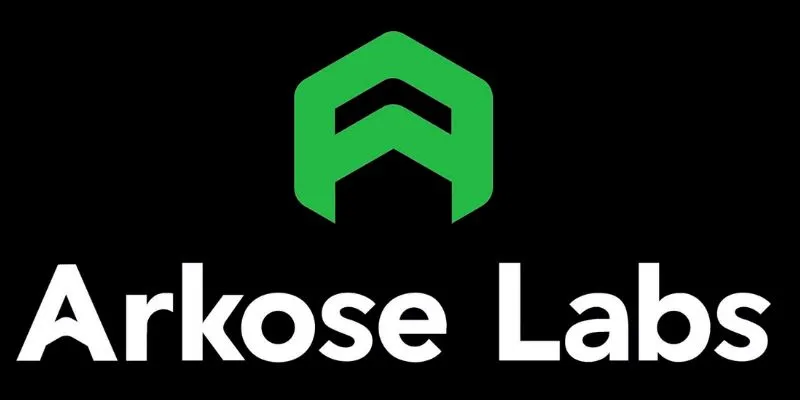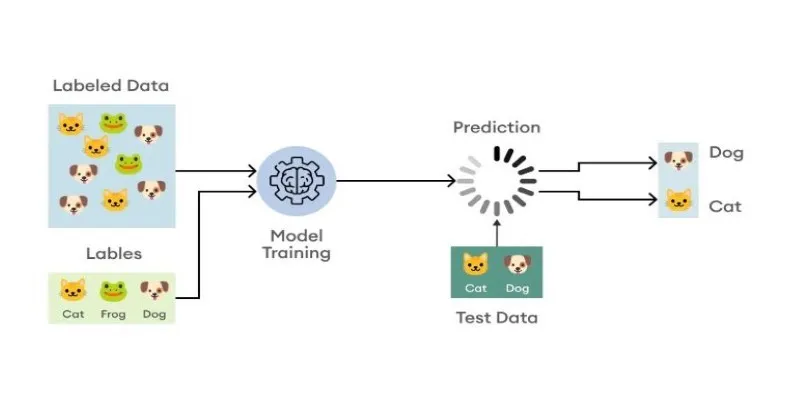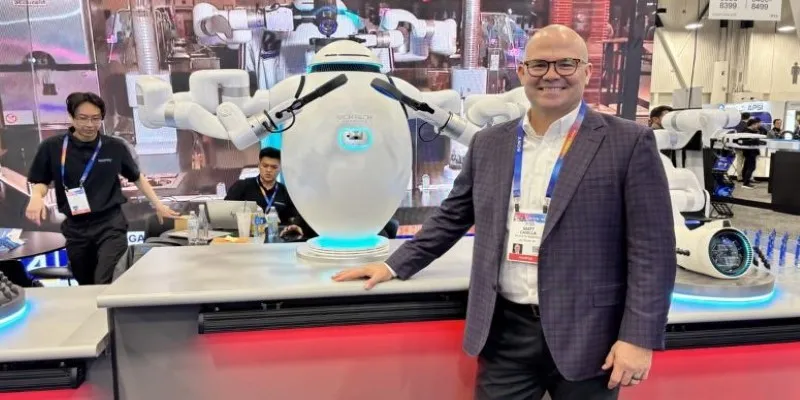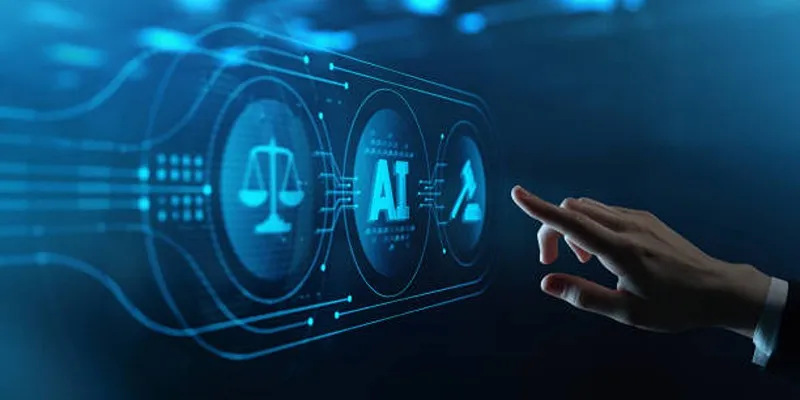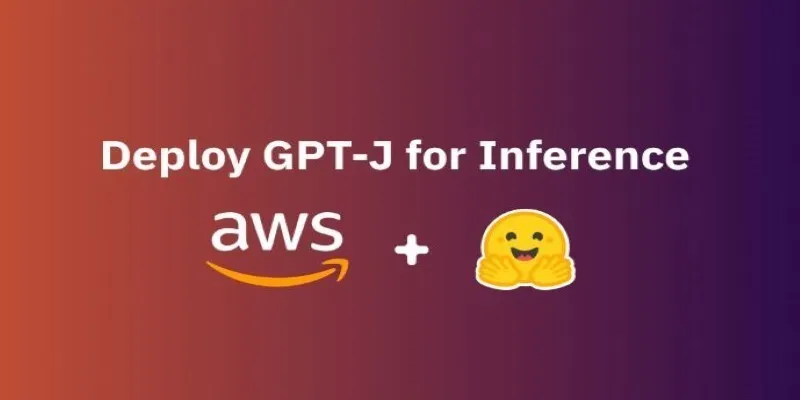OpenAI’s Ambitious $50M Consortium in Education
The classroom has traditionally lagged behind other fields in adopting technology. However, OpenAI’s recent $50 million investment could change that landscape significantly. Instead of offering vague promises or fragmented tools, this initiative seeks to integrate AI with educators, not bypass them. The aim is to develop tools that enhance learning, reduce teacher burnout, and address access gaps without adding complexity. What distinguishes this effort from the typical edtech splash is the involvement of key partners, the funding allocation, and the real shift towards embedding large language models into everyday education.
Real Tools, Not Just Experiments
OpenAI’s initiative is not about creating a new product to sell to schools. The $50 million is being invested in a multi-institution consortium that includes public school districts, educational nonprofits, and select research universities. Early partners like the Khan Academy, Brooklyn Laboratory Charter School, and Arizona State University contribute their unique approaches to personalized learning and classroom technology.

The primary goal is to explore how artificial intelligence in education can assist teachers, not replace them. For example, AI is currently being tested to aid in grading written responses, providing formative feedback, drafting lesson plans, and even creating individual tutoring pathways. In some instances, AI is trained to recognize student struggles based on writing patterns or hesitations in responses. These tools are not just theoretical—they are being trialed in real classrooms this year.
One outstanding pilot features a GPT-powered assistant that helps high school teachers quickly modify materials to suit different reading levels or languages, particularly in diverse classrooms. Teachers in these pilot programs report saving hours each week on preparation work, and this is just the beginning of how these tools may evolve next year.
OpenAI is not operating in isolation. The consortium model is specifically designed to gather a broad range of results, edge cases, and feedback from teachers and administrators on the ground. Every implementation is scrutinized not just for effectiveness, but also for usability, transparency, and equity—areas often overlooked by past edtech solutions. By working directly with practitioners, these tools are more likely to feel like practical support rather than invasive systems.
A Shift in Philosophy About AI in Schools
Until recently, discussions about AI in education focused on risks—such as cheating with chatbots—or distant hopes of automating education. OpenAI’s $50 million investment signals a different approach: a balanced path where large language models quietly handle repetitive tasks or offer supplementary guidance, while educators remain in control.
The company has stated that this initiative is not about scaling AI to millions of students instantly. Instead, it is about introducing AI without undermining pedagogy. Most funding is directed towards collaboration, testing, and educational research. The goal is to solve real-world problems in schools and gather feedback before scaling any solutions.
There is also a strong focus on equity. Many consortium members serve under-resourced students or work in public schools with limited budgets. AI in education has often first appeared in wealthy, experimental schools. This time, the effort is reversed: to see if AI can reduce—not widen—achievement and opportunity gaps.
Privacy and transparency are embedded from the beginning. OpenAI provides schools with visibility into how responses are generated and where data is stored. Schools can run models locally, and teachers can override or adjust AI recommendations at any time. These design choices, although technical, reflect a larger aim: to make AI a trusted tool for teachers, not something they monitor with suspicion.
What This Means for Teachers and Students
If this consortium achieves even half of its ambitions, teaching could look vastly different within a few years. Lesson preparation might be faster. Feedback on writing could be more responsive and personalized. Students who learn at different speeds—or need more language support—might finally receive consistent help.

Already, pilot classrooms exist where a student struggling with English receives feedback in their native language, or a new teacher receives assistance planning a unit they have never taught. These scenarios are no longer futuristic—they are being tested now, with real students and lesson plans.
However, there are limitations. AI tools, regardless of their sophistication, cannot replace human judgment or relationships. A chatbot will not notice when a student is quiet or anxious. A model will not manage family dynamics or social issues. Overreliance is also a risk—if a teacher depends too much on AI feedback, it could dull their instincts. That’s why the consortium has built-in checks to evaluate not just outcomes, but also educator confidence and judgment over time.
The idea is for AI to become part of everyday teaching, much like calculators or projectors once did. It will not take center stage, but it may serve as a quiet partner—handling routine tasks, spotting patterns, and allowing educators to focus on the human aspects of their work.
Can Education Move Fast Enough?
Education systems tend to proceed with caution, and for a good reason. Shiny new tools come and go. But OpenAI’s decision to fund and guide a consortium, rather than create another top-down solution, sets this initiative apart. Instead of selling AI to schools, they are collaborating with them to discover what actually works, what is safe, and what is beneficial.
Still, questions remain. Will these tools eventually be paywalled or commercialized? Will teachers receive sufficient training to utilize them effectively? How will student data be managed in the long term? These are not minor concerns, and the consortium will need to prove its answers over time.
For now, however, OpenAI has taken a step that few companies of its size have attempted: investing in the slow, careful, and often complex work of real-world education. The $50 million investment is not a flashy product launch—it embodies the idea that if AI is to find its place in classrooms, it should do so through collaboration rather than disruption.
Conclusion
The next school year will be revealing. As pilot programs expand and more classrooms begin using AI-based tools, the feedback will determine what gets scaled and what does not. If OpenAI and its partners remain attentive to the actual needs of teachers and students, this consortium could mark a turning point in how artificial intelligence in education is designed, delivered, and trusted.
For more information on AI in education, consider checking out resources provided by EdTech Magazine and ISTE.
 zfn9
zfn9

